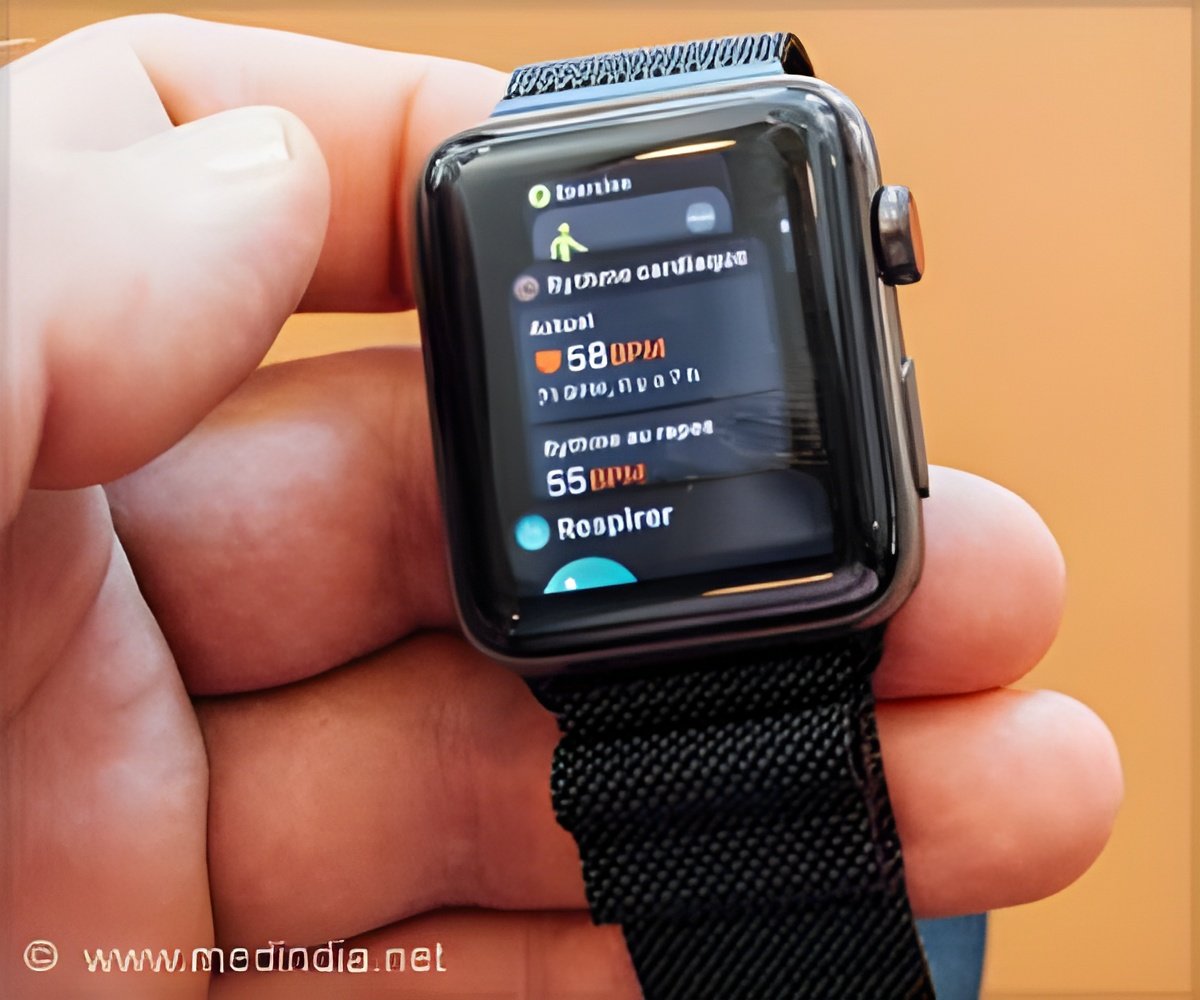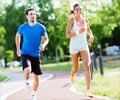
‘Cardiorespiratory fitness is the ability of the cardiovascular and respiratory systems to deliver enough oxygen to the muscles during physical activity. People with low cardiorespiratory fitness may have an increased risk of heart disease, heart attack or stroke.’
Tweet it Now
“Assessment of [cardiorespiratory fitness] during everyday activities may be very promising to enable constant tracking of [cardiorespiratory fitness] in an unobtrusive manner, as it would simplify self-assessment by removing the need of exercise equipment typical of submaximal testing,” an international team of researchers wrote. The research team studied healthy adult volunteers between the ages of 18 and 55. The volunteers participated in a cycling test to measure their VO2max prior to the study. The researchers measured the volunteers’ height, weight, fat and muscle mass and fitted them with a chest strap heart monitor and an activity monitory worn around the wrist. The volunteers were directed to wear the devices continuously during daytime hours for five consecutive days as they followed their typical daily routines.
Using a fitness index to calculate the relationship between energy expenditure and heart rate during physical activity, the researchers predicted VO2max for each of the volunteers. Comparing the estimated VO2max with the true values from the cycling test, the margin of error was approximately 10 percent. This figure is lower than the mean error rate reported in previous research using submaximal methods to measure cardiorespiratory fitness.
“This gives us confidence that the presented method offers valuable predictions of [cardiorespiratory fitness] useful for categorizing individuals of different fitness levels,” the researchers wrote. “Future work should focus on extending the validity of the presented method with data to groups of elderly and patients.”
Source-Newswise












